Certain species of animals and fish simply don't do well in captivity. Here are some animals you can never see at the zoo.
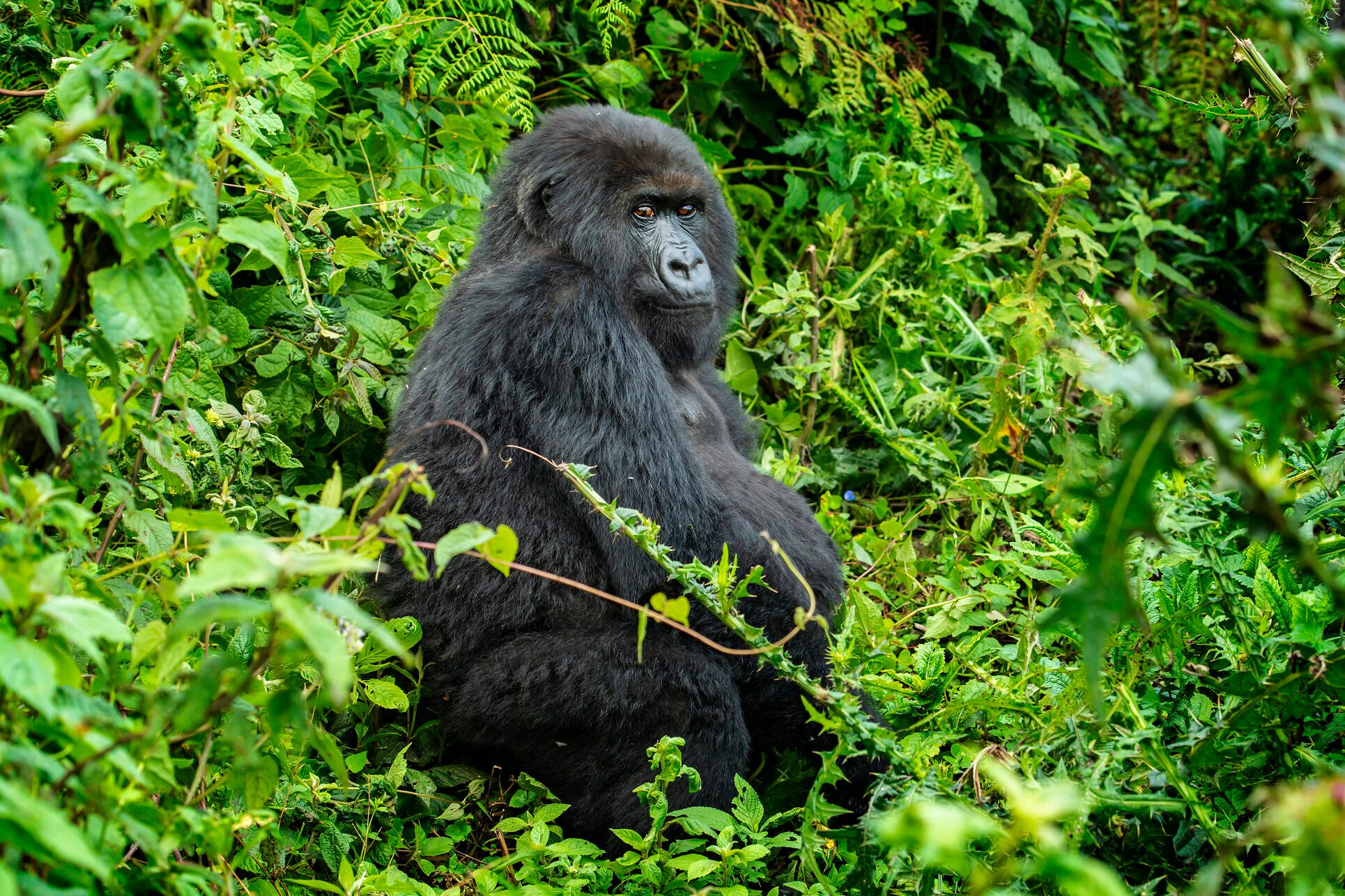
9 Animals You’ll Never See at a Zoo

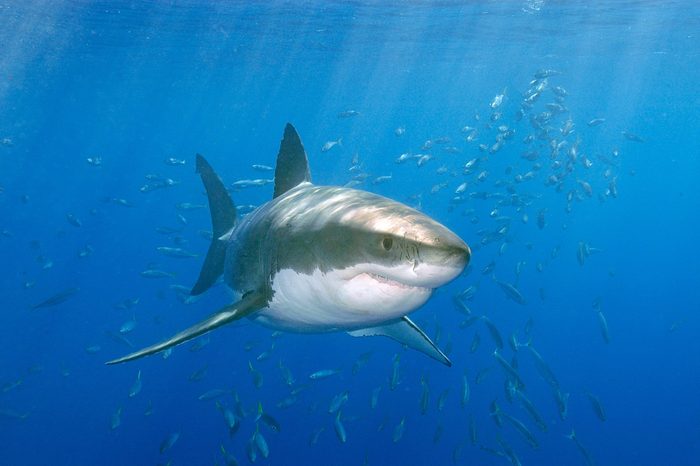
Great white shark
Aquariums have tried to keep great white sharks in captivity, but with very little success. In 2016, a great white shark died after three days in a Japanese aquarium, NPR reported. The shark refused to eat. Great white sharks also like to roam. “We can’t replicate their habitat in a way that they would be able to survive in captivity,” Mizejewski explains.
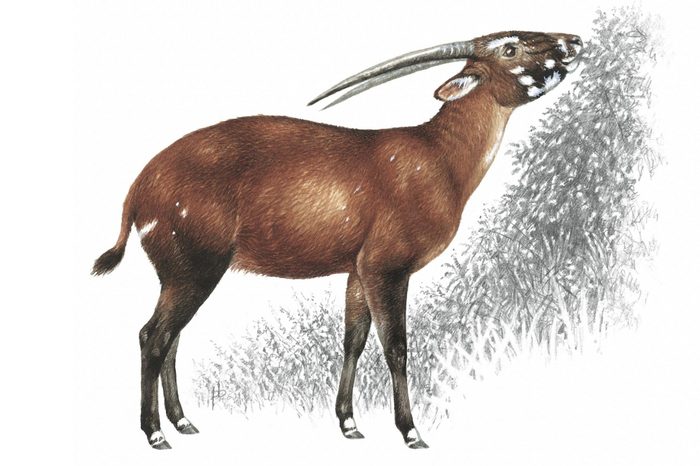
Saola
Found only in the Annamite Mountains of Vietnam and Laos, the saola (SOW-la) was only discovered in 1992, according to the World Wildlife Fund. Known as the Asian unicorn, the saola is on the list of critically endangered animals and has rarely been seen even in the wild.
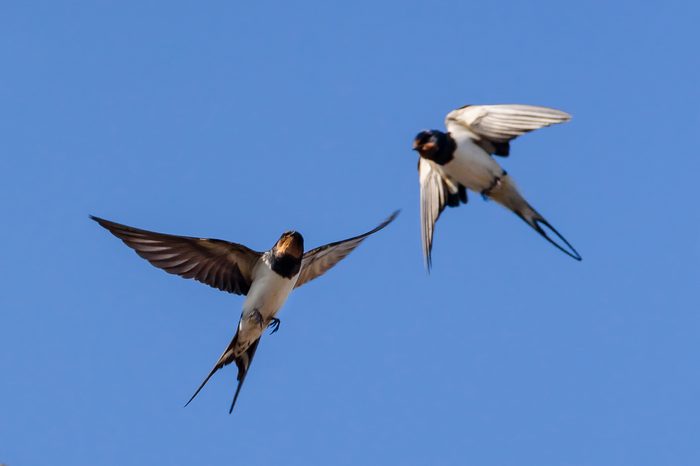
Swallow
Unlike some other species on this list, swallows are pretty common. But that still doesn’t mean they’re suited for zoos. “Swallows are so focused on flying,” Mizejewski says. “They’re delicate, and they don’t thrive in captivity.” Fortunately, their abundance in the real world means you can often catch a glimpse of them IRL.
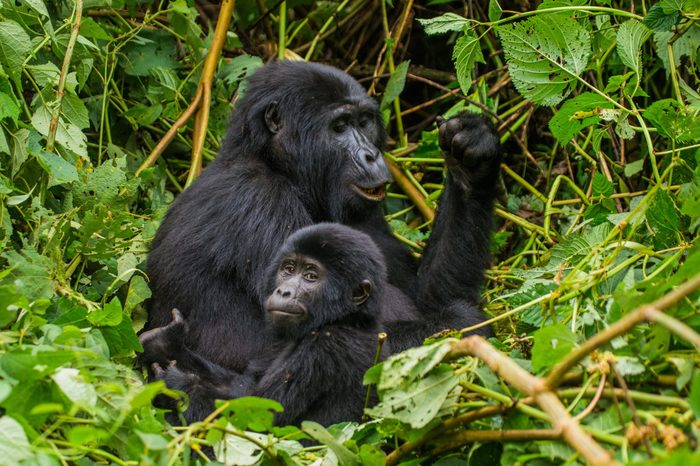
Mountain gorilla
Many attempts were made during the 1960s and ’70s to capture endangered mountain gorillas and breed them, according to the International Gorilla Conservation Programme (IGCP). However, those efforts weren’t successful.
It’s still not clear why mountain gorillas don’t survive in captivity, while lowland gorillas do. “Perhaps their dietary needs are more specific, or they were affected by stress and therefore succumbed to disease more rapidly,” the IGCP notes.
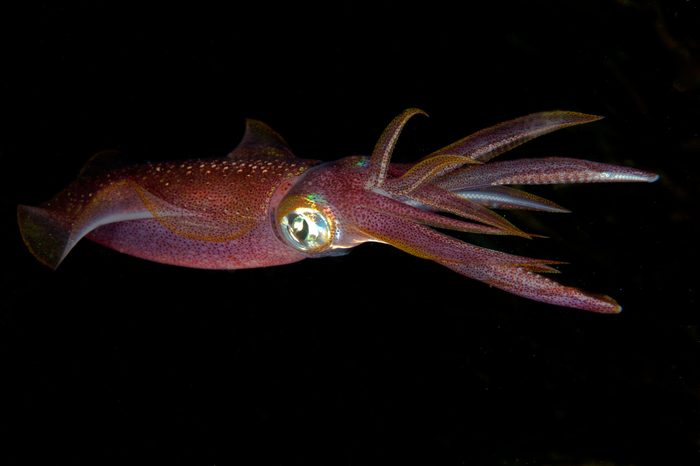
Giant squid
The largest giant squid scientists have found weighed almost a ton. And you won’t see these fascinating sea creatures anytime soon. As the Smithsonian reports: “Because the ocean is vast and giant squid live deep underwater, they remain elusive and are rarely seen. Most of what we know comes from dead carcasses that floated to the surface and were found by fishermen.”
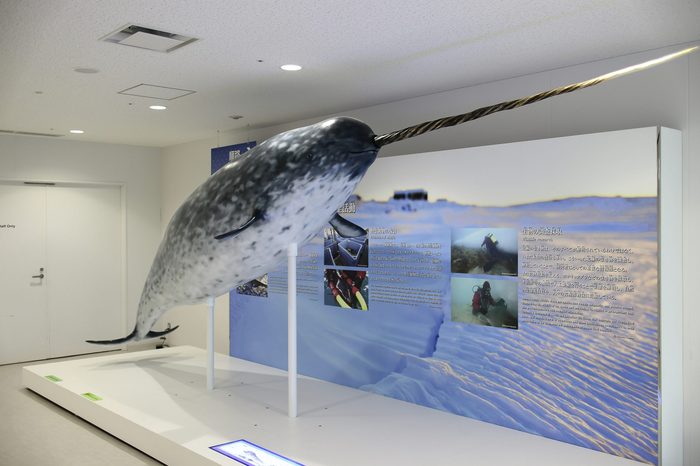
Narwhal
Known as the unicorns of the sea for their long, narrow tusks, narwhals are elusive. They’re skittish and hunt deep in the water. “Unlike other whales, narwhals—which can live more than 100 years—die shortly in captivity, greatly reducing the opportunity to study them,” according to the Smithsonian.
“We’ve only had a glimpse of the beast,” Canadian narwhal specialist Pierre Richard told the magazine.
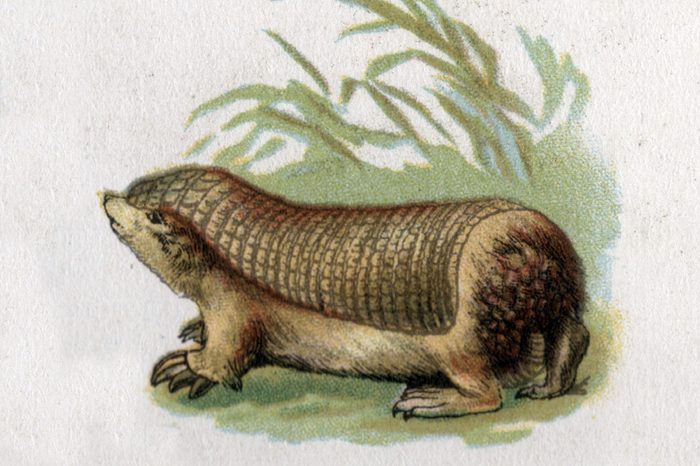
Pink fairy armadillo
Native to Argentina, pink fairy armadillos are strange animals rarely seen in the wild. When one was captured, it responded negatively to any modification to its environment or diet, according to a study. As a result, they’re one of the animals you can never see at the zoo. The San Diego Zoo reports that “the pink fairy armadillo rarely lives more than a few years in zoos, so little is known about this species.”
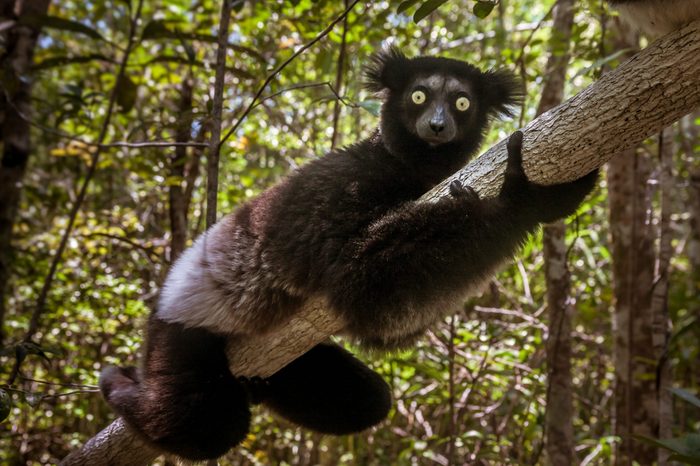
Indri
An indri is a large lemur found only in Madagascar. Not one has survived more than a year in captivity, according to the New England Primate Conservancy: “Research suggests that the diet of the indri is nuanced (they eat certain foods at certain times of day) and cannot be replicated in captivity. Also, when taken from the wild, these lemurs, for reasons which remain unclear, do not reproduce.”
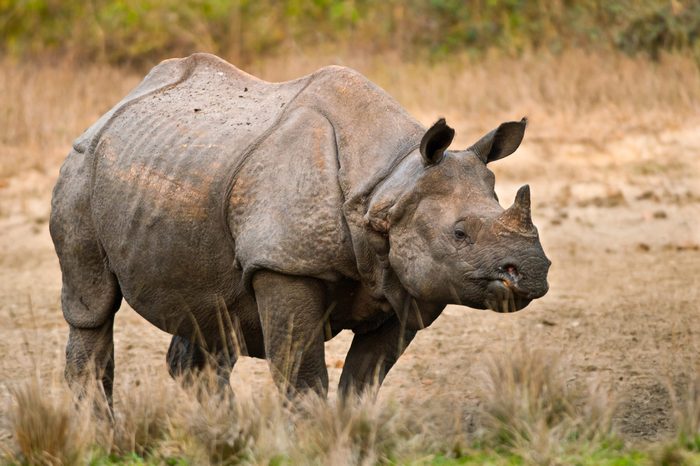
Javan rhino
The Javan rhino is the rarest large mammal on the planet, and none are in captivity, according to the World Wildlife Fund. They’re a shy species used to living in dense tropical forests, which are tough to replicate in captivity, Mizejewski says. As of 2019, the estimated population is 66 and they all live in one spot: Indonesia’s Ujung Kulon National Park. So they’re definitely one of the animals you can never see in a zoo.
About the expert
|
Why trust us
At Reader’s Digest, we’re committed to producing high-quality content by writers with expertise and experience in their field in consultation with relevant, qualified experts. We rely on reputable primary sources, including government and professional organizations and academic institutions as well as our writers’ personal experiences where appropriate. We verify all facts and data, back them with credible sourcing and revisit them over time to ensure they remain accurate and up to date. Read more about our team, our contributors and our editorial policies.
Sources:
- David Mizejewski, naturalist with the National Wildlife Federation
- NPR: “Great White Shark Dies After Just 3 Days in Captivity at Japan Aquarium”
- World Wildlife Fund: “Saola Facts”
- International Gorilla Conservation Programme: “FAQs”
- Smithsonian National Museum of Natural History: “Giant Squid”
- Smithsonian Magazine: “In Search of the Mysterious Narwhal”
- National Library of Medicine: “Husbandry of a pink fairy armadillo (Chlamyphorus truncatus): case study of a cryptic and little known species in captivity”
- San Diego Zoo: “Armadillo: Xenarthra cingulata”
- New England Primate Conservancy: “Indri”
- World Wildlife Fund: “Javan Rhino”




















